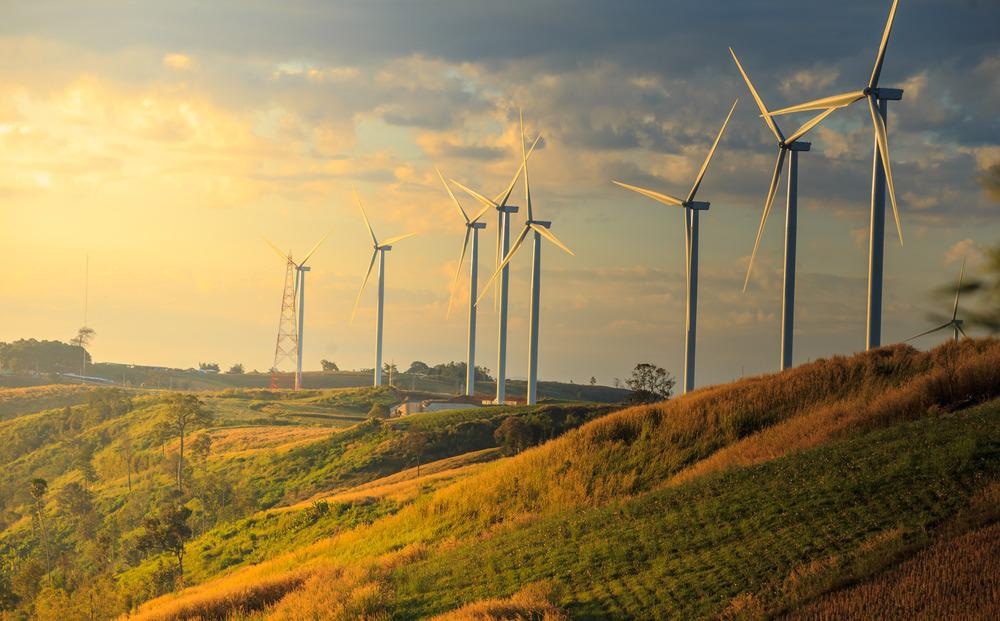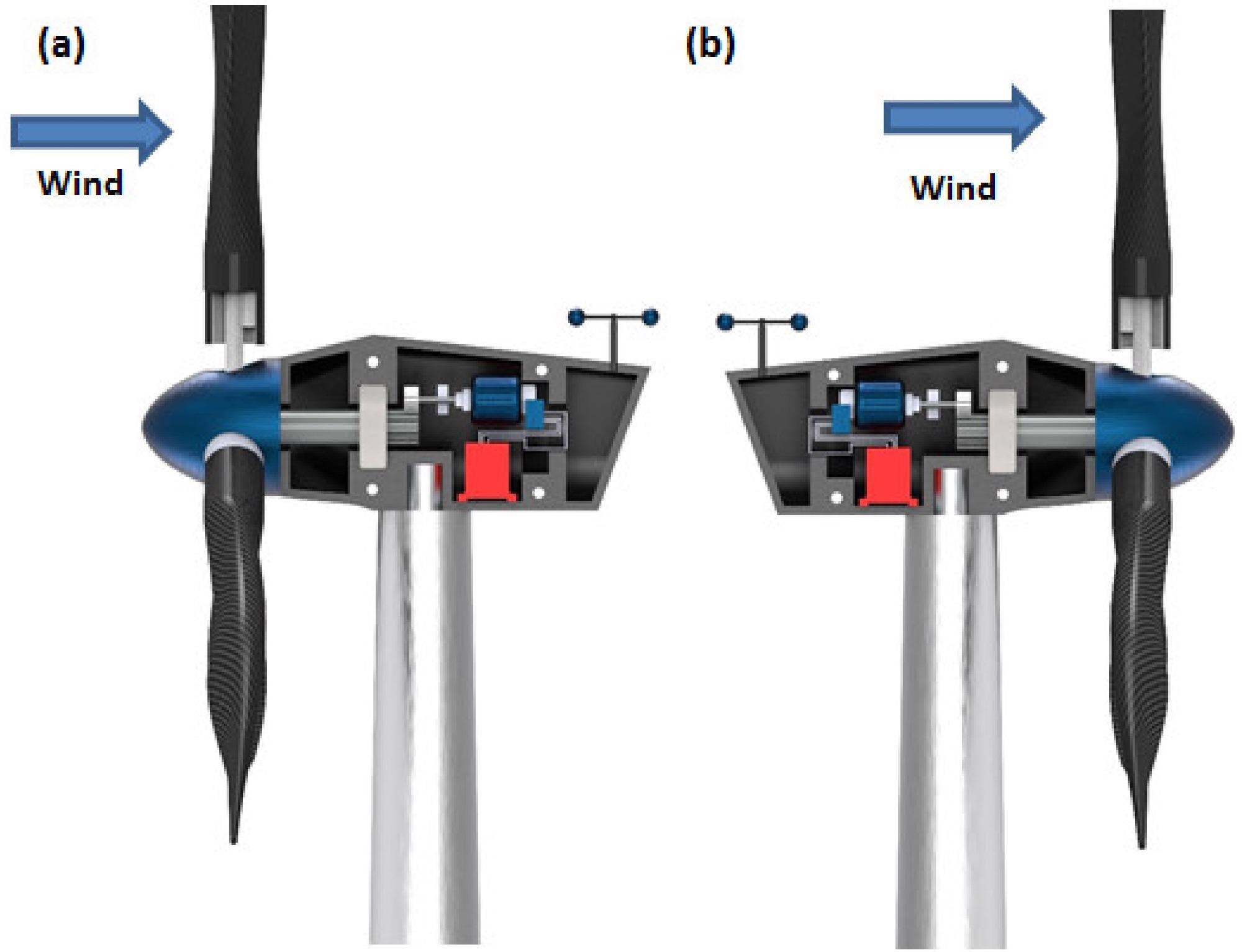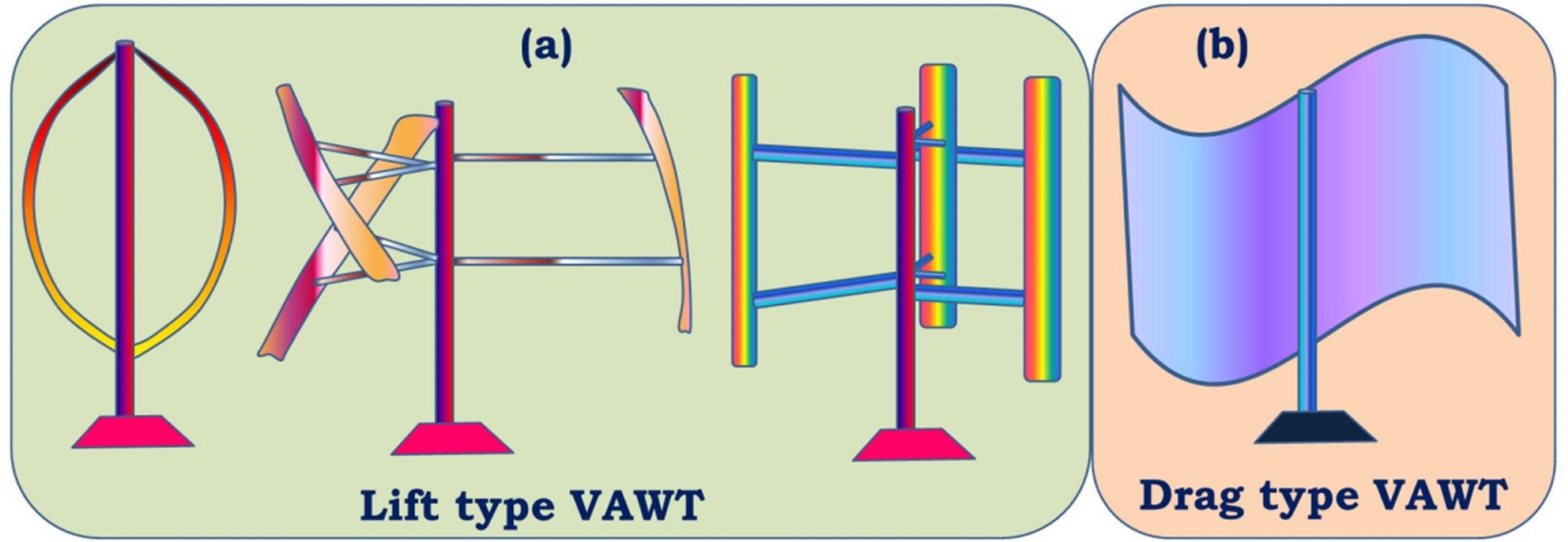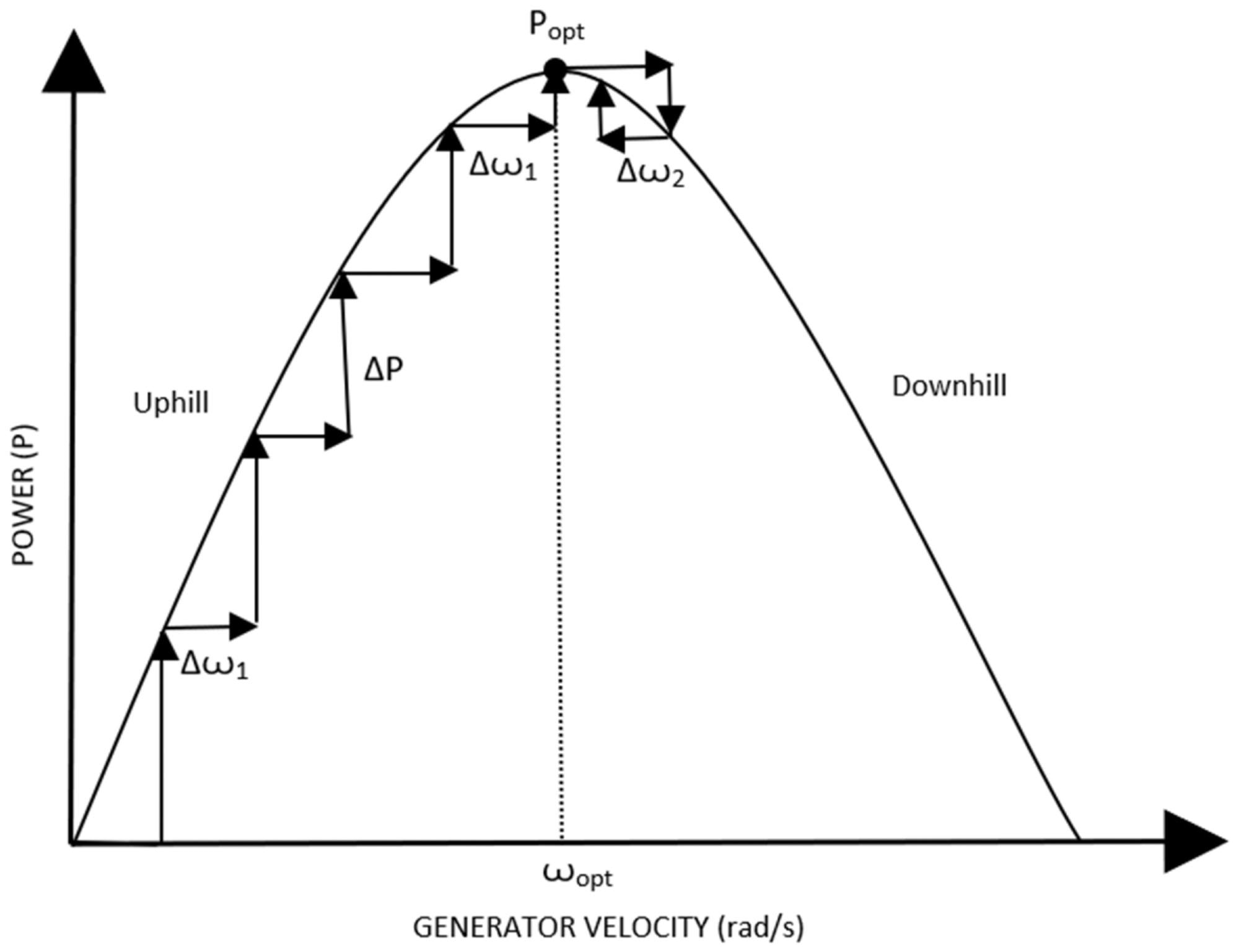In a recent study published in the journal Materials, researchers from India reviewed the technology and development of wind energy conversion systems.

Study: Energy Conversion Strategies for Wind Energy System: Electrical, Mechanical and Material Aspects. Image Credit: chaiviewfinder/Shutterstock.com
World Energy Demand and Wind Energy
Energy demand is steadily increasing worldwide, mainly due to population, energy consumption, and industrialization. The energy crisis may become a significant issue in the future as the supply of fossil fuels is limited. Renewable energy sources like solar, wind, biogas, ocean, and tidal have a substantial potential to solve this issue. Human beings have used wind energy for various purposes, and scientists consider it one of the promising renewable energy resources to solve the energy crisis.

(a) Upwind HAWT (when wind is coming from the front side of the turbine blades); (b) Downwind HAWT (when wind is coming from the back side of the turbine blades). Image Credit: Chaudhuri, A et al., Materials
Recently, researchers reviewed studies related to wind energy conversion systems (WECS), analyzed important aspects of WECS technology in detail, and discussed contemporary technology trends.
History of WECS
Around the 10th century, turbines were first used to pump water and grind food grains in Persia. Further, the horizontal axis turbines were used in England for similar types of work. These turbines got their name because they had to be physically positioned according to the wind patterns' direction.
Professor Charles Brush and James Blyth successfully built horizontal axis turbines that could charge accumulators and used them for electrical applications. Further, Camille Faure's invention of lead-acid batteries in 1881 provided a viable option for researchers to study wind energy because lead-acid batteries were lighter and smaller and stored electrical energy effectively.
Classification of WECS
WECSs are divided into several categories, but the most common WECS classification is based on the rotational axis, type of turbine used, and blade rotational speed.
The turbines are classified as low power, medium power, and high-power turbines. The low power turbine can produce a maximum power of 30KW, the medium power turbine can produce power between 30 KW to 300 KW, and the high power turbines are used to produce power higher than 300 KW. Based upon power control, WECSs are classified as passive stall and dynamic stall, and in terms of rotational speed, they are classified as fixed speed and variable speed wind turbines.

(a) Lift type vertical axis wind turbines (VAWTs) and (b) Drag type VAWT. Image Credit: Chaudhuri, A et al., Materials
Key Components of WECS
The WECS is an integrated system of mechanical and electrical components that aims to generate optimum power from the wind.
The mechanical components of a wind turbine are crucial to converting wind energy into mechanical energy. The components are designed to harness kinetic energy from the motion of the wind. The mechanical system has a rotational mass that transmits energy to electrical components and introduces thermodynamic work. The main mechanical components of the wind turbine are the rotor, main shaft, gearbox, mechanical brakes, nacelle, pitch and yaw drives, and wind measuring equipment.
The electrical subsystem's primary function is to convert mechanical energy collected from the wind in the form of torque and speed into electrical energy, and they are divided into two groups based on the placement of components in the WECS. The electrical components are used inside the nacelle with mechanical components to generate electricity, and the ground components are utilized for distribution and storage.
Control Strategies
A turbine's control strategies are necessary for safe operation in routine and adverse conditions. Additionally, strategies are also used to generate optimal power for various atmospheric conditions and increase the life span of the WECS structure by controlling loading conditions.
The control strategies used in modern wind energy conversion systems are divided primarily into three levels. The level one control deals with the distribution and transmission system, the level two control is the wind farm centralized control system, and the control in level three monitors the wind turbine.

Power curve in a HCS Control. Image Credit: Chaudhuri, A et al., Materials
Present Trends
In recent decades, a sharp increase in the installation of wind energy has been observed worldwide, indicating a shift towards clean energy. In modern wind energy conversion systems, horizontal axis wind turbines are predominantly used for power generation. Currently, most research is centered around using control strategies and methodologies to test the new WECS system and optimize the existing systems. Additionally, significant development is observed in the energy storage system that is used to improve efficiency and reduce environmental risk.
Conclusions
The modern-day WECS have developed substantially and use various new construction and energy production technologies. The main reason for the developments in WECS is the shift of governments' focus from carbon-based fossil fuel reserves to renewable energies.
The researchers analyzed that the blade and generator materials are the most critical components of wind turbines. The main challenge of WECS is composite recycling because wind power plants use synthetic polymer matrix composite materials. The authors suggested that all sectors involved in producing synthetic polymer matrix composite materials should collaborate to develop cost-effective solutions and value chains for improvement in WECS technology.
Disclaimer: The views expressed here are those of the author expressed in their private capacity and do not necessarily represent the views of AZoM.com Limited T/A AZoNetwork the owner and operator of this website. This disclaimer forms part of the Terms and conditions of use of this website.
Source:
Chaudhuri, A.; Datta, R.; Kumar, M.P.; Davim, J.P.; Pramanik, S. Energy Conversion Strategies for Wind Energy System: Electrical, Mechanical and Material Aspects. Materials 2022, 15, 1232. https://www.mdpi.com/1996-1944/15/3/1232